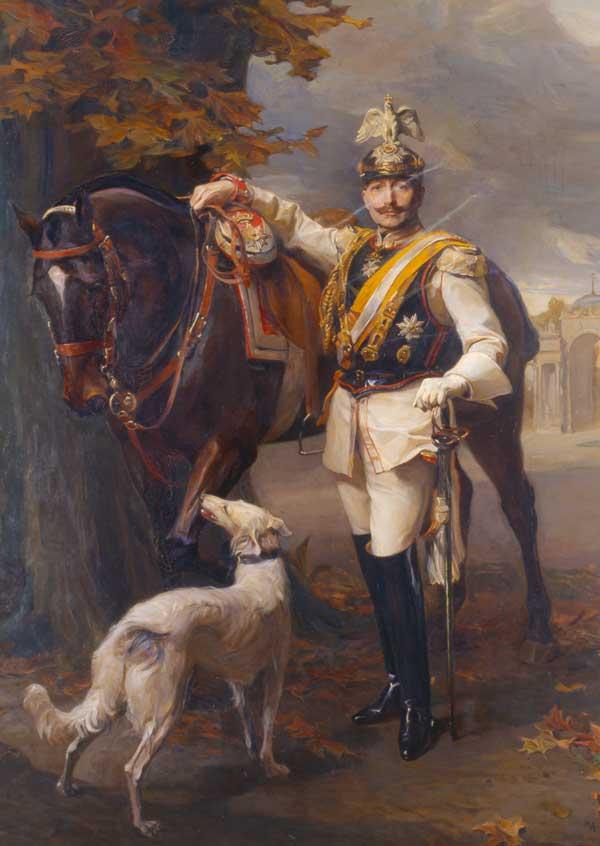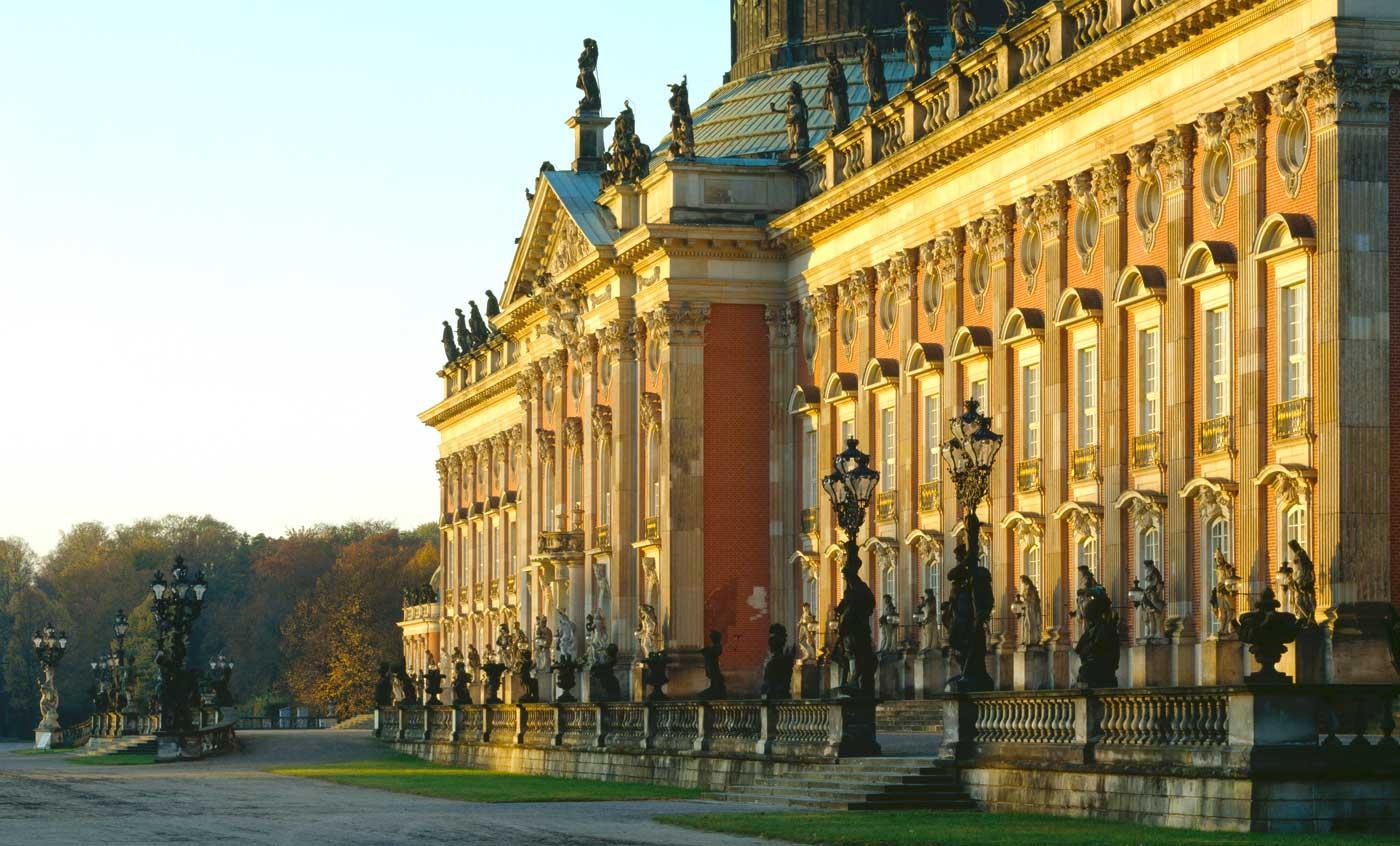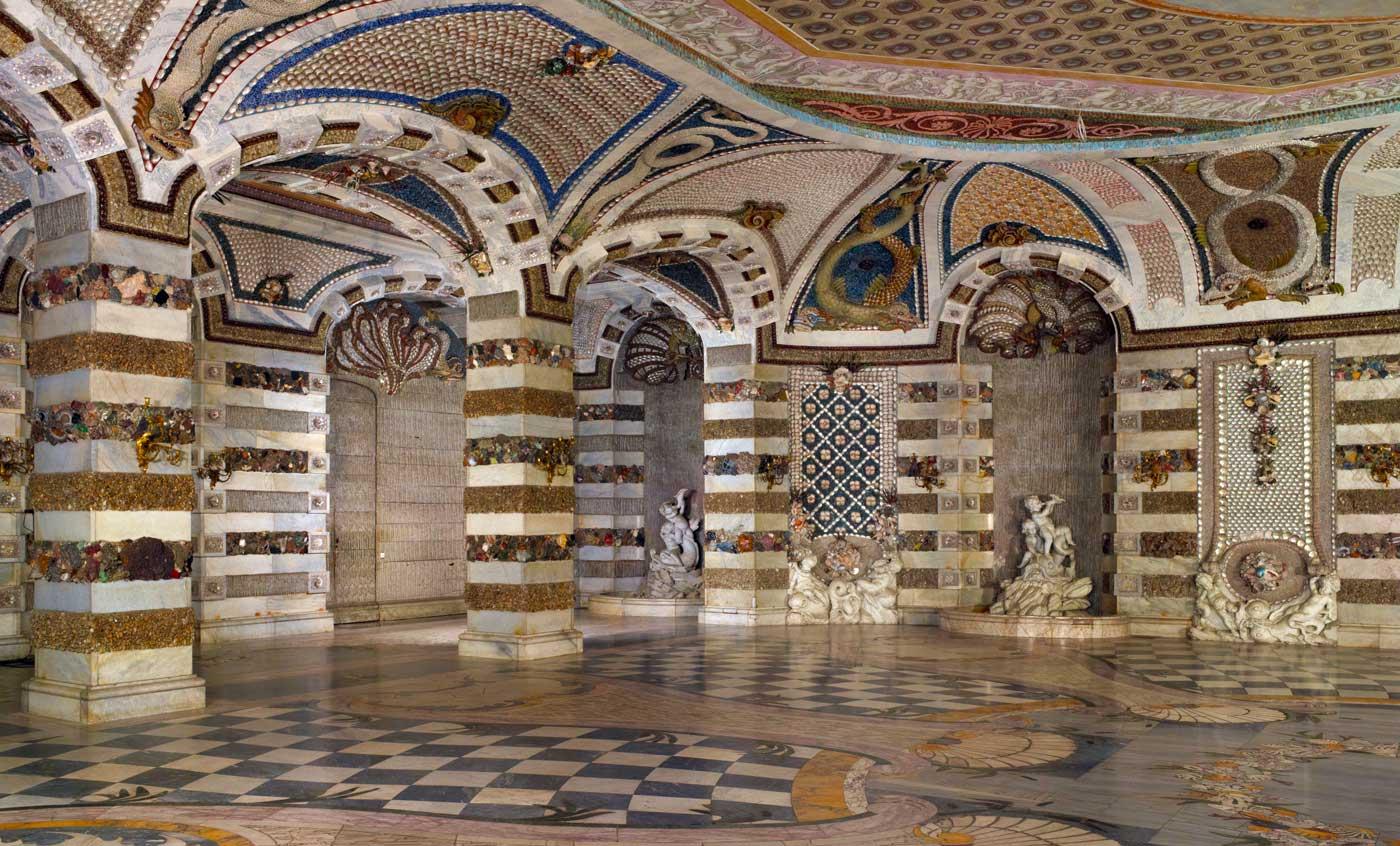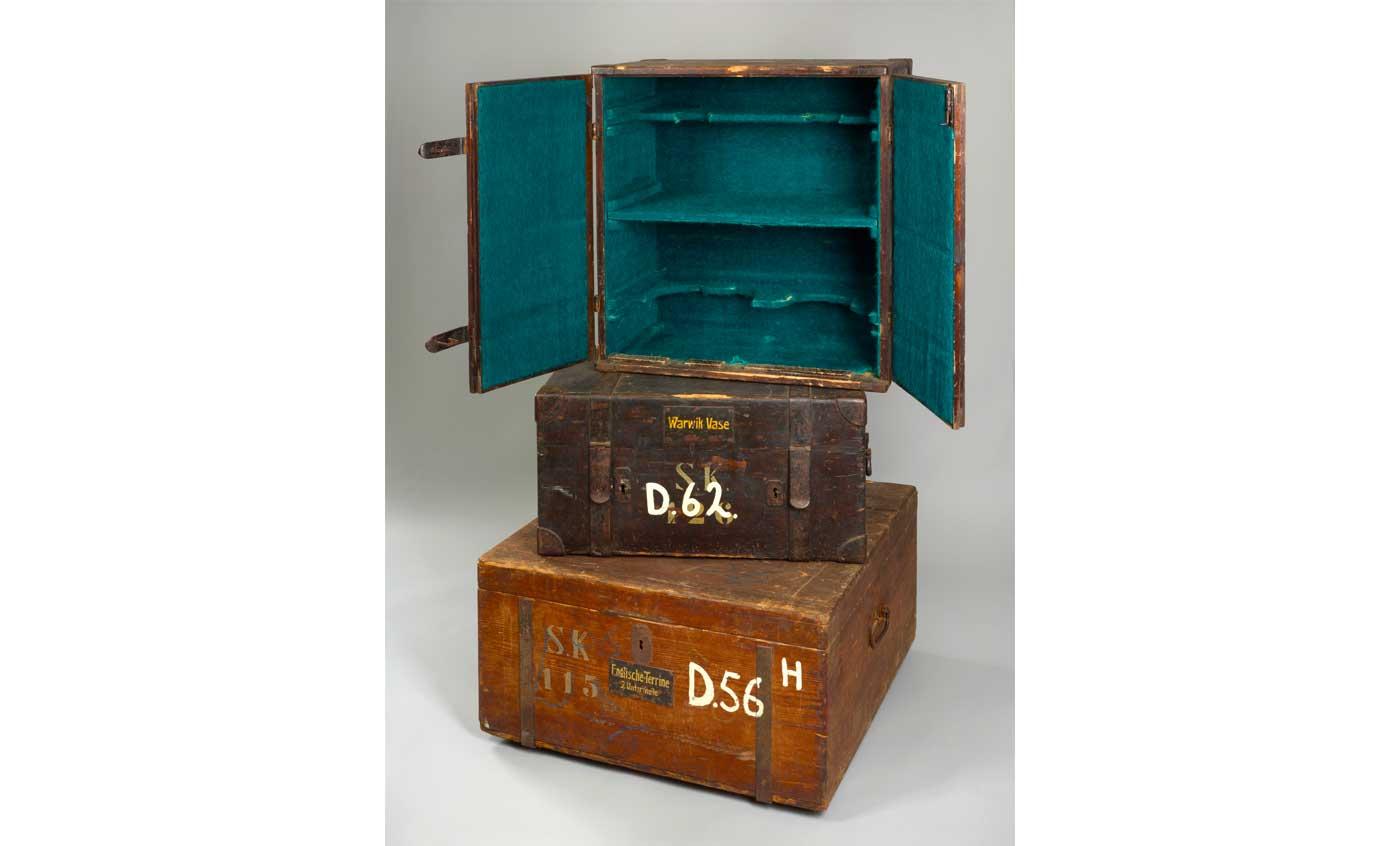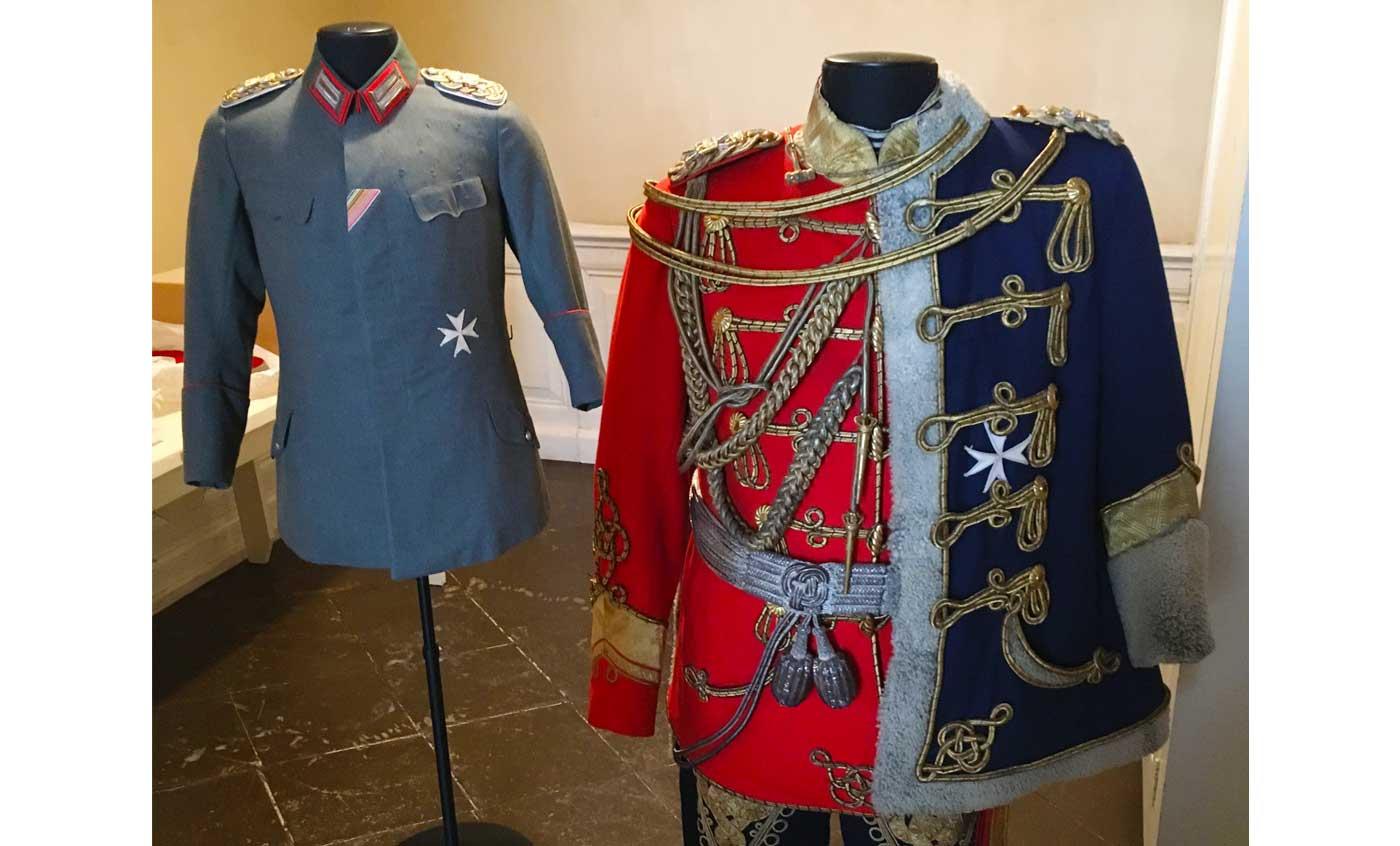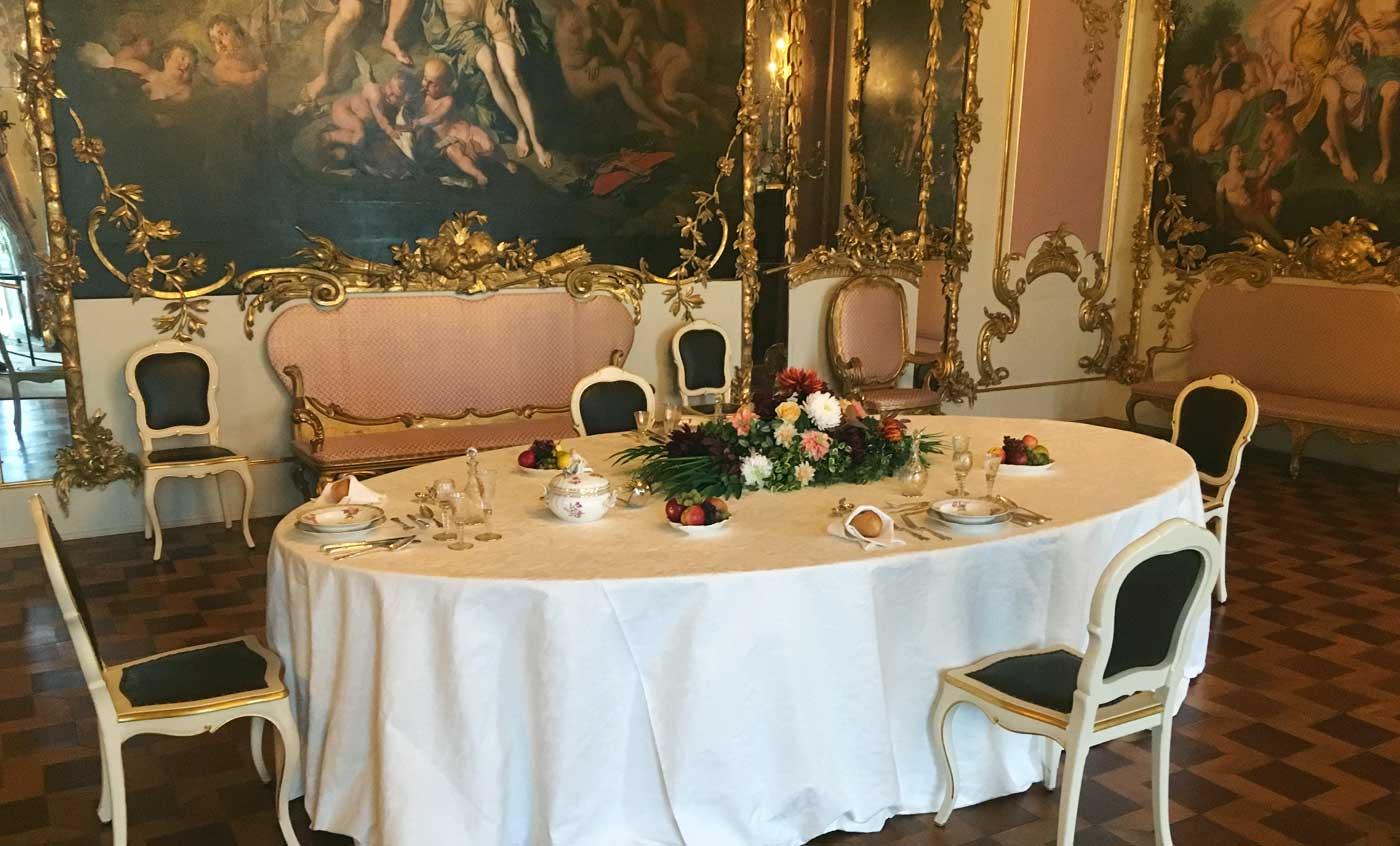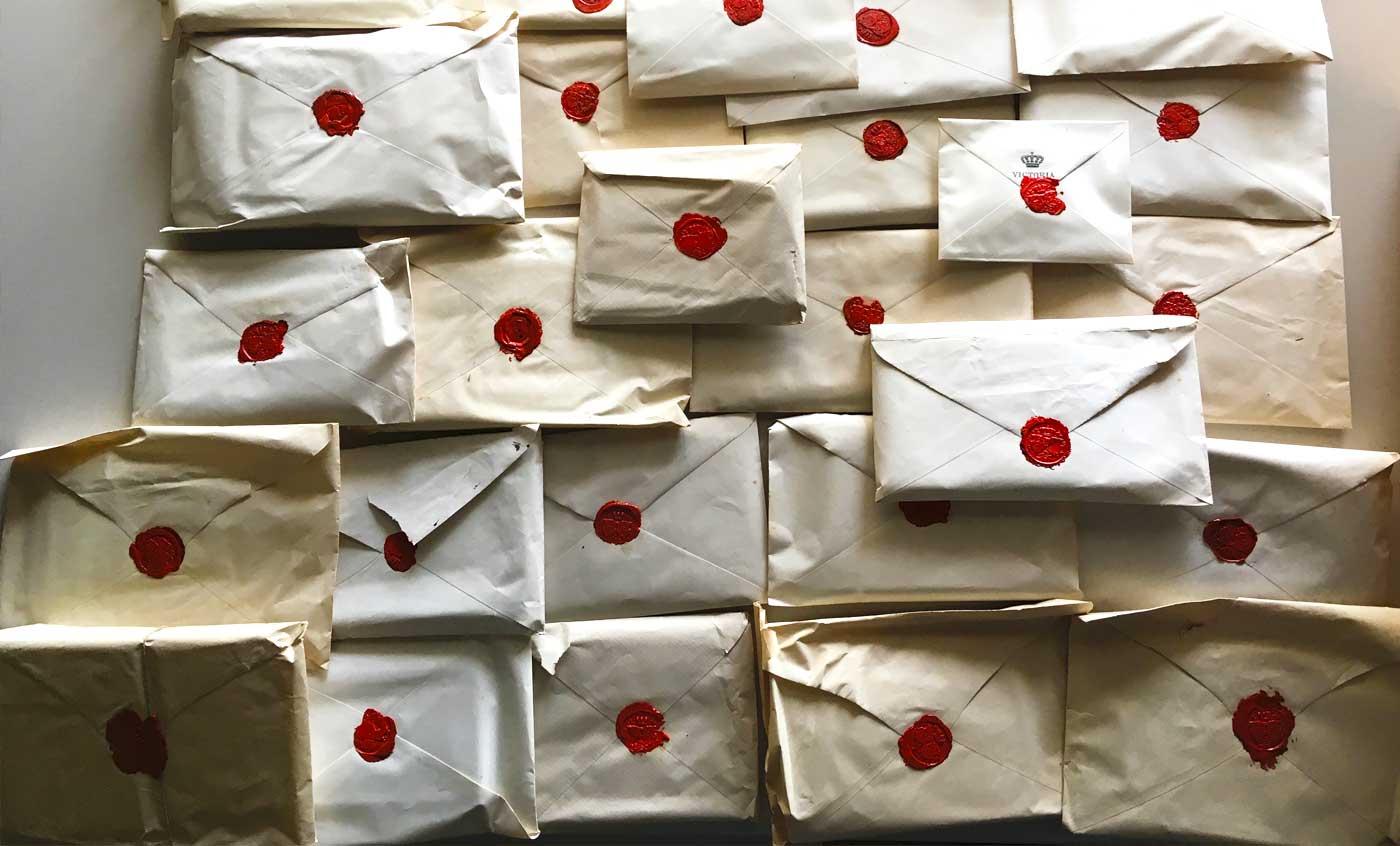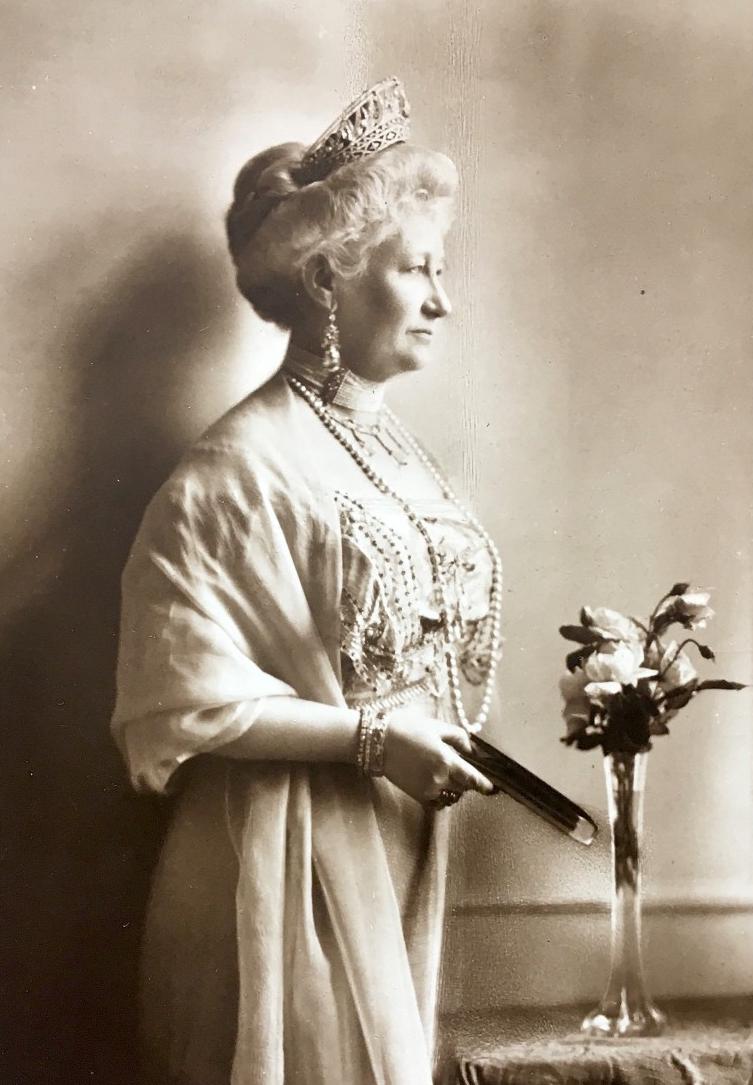Kaiser Wilhelm II, Germany’s last emperor, dined for the last time at the Neues Palais, the Baroque royal palace in Potsdam on October 29, 1918. Revolution was in the air, and demands for his abdication in the face of Germany’s defeat in World War I were growing louder.
Dinner with his wife Augusta Victoria and his son Prince Oskar was at 8 p.m. The Kaiser left for Belgium at 11 p.m. on the imperial train from the station he had had built by the palace. He would never return to Germany. On November 9, his abdication was announced by Chancellor Max von Baden.
The Neues Palais, the last palace built by Wilhelm’s ancestor Frederick the Great in Potsdam’s Sanssouci complex, hosted a small exhibition in 2018 called Kaiserdämmerung (The Twilight of the Emperor) to mark the centenary of the Kaiser’s abdication. It threads through the palace’s ornate chambers and focuses on the confusion of those final days–the hasty packing, the haggling over artworks, the desertion of the guards and the ever-present danger that the chaos on the streets of Berlin could penetrate the stately grandeur of the royal estate. The Kaiser’s family was only too aware of the bloodbath that had befallen the Czar’s family just four months earlier.
The table in the Kaiser’s private dining room at the Neues Palais, known as the Apollo Hall, was once more set as though for that last supper, with porcelain from the royal manufacturer KPM. While the rest of Germany was reduced to eating turnips during the war, the imperial family still ate well–even if the government propaganda machine conveyed the impression that they were sharing the hardships of the general population.





